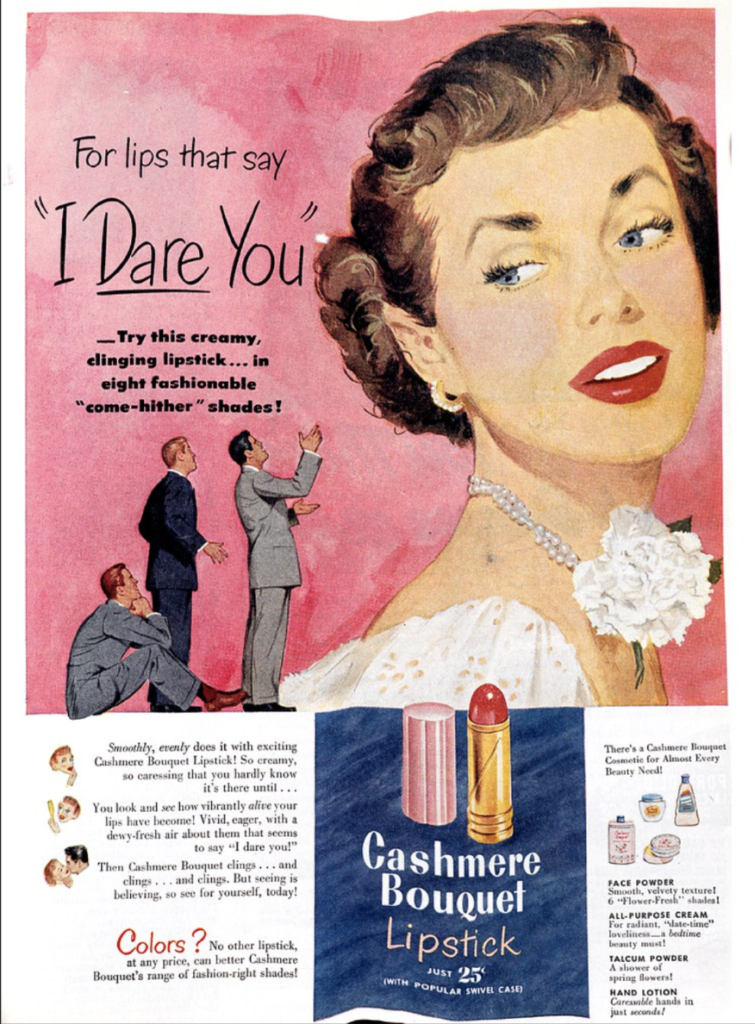While brands must ensure they are properly representing themselves to the public, they must also consider the influence of gendering in their marketing. Whether or not women are the target audience for a brand, they can become its image. Women have been used as objects in marketing for years, whether it’s through the solidification of gender norms and expectations or via the exploitation of their bodies. The sexualization of women has become a key selling point for many companies that cater to the male gaze. Kim and Sagas (2014) compared female athletes and fashion models in Sports Illustrated Swimsuit Issues and found that the models were sexualized more than the athletes. The models smiled less than the athletes, their poses were more relaxed and sexualized, and they covered less of their skin than the athletes. A study conducted by Sharma and Bumb (2021) found that purchase intentions of men were higher than women when women were being sexualized however neither were more inclined to purchase when women were posed in submissive stances. When female models were posed in domestic roles, women were less likely to purchase, possibly due to women’s increased involvement in the workforce; men displayed opposite tendencies, as they still see domestic roles as gendered female.
Such ads enforce the gender stereotypes of women in various roles in society. Popp’s (2016) study of airline advertising between the 1920s to the 1970s, shared how marketing was used to downplay the emotions and fears of consumers. These ads claimed that a fear of flying was feminine as well as a characteristic of having an underdeveloped psyche. By gendering the problem and making men feel emasculated, airlines’ marketing strategies used an unethical route that challenged consumers’ values. Along with women being used as scapegoats for men who fear challenges to their masculinity, women are also used as a way to foster masculinity through the sexualization of their bodies. Women have been portrayed as an object for the male gaze, being used more often than men as a selling tool via their sexualization in advertisements (Shahid and Ashfaq 2021). When women are portrayed in these scandalous ways, they can experience damage to their reputations, while men are able to get away with more in comparison (De Ridder 2021). Marketing caters to the ideals of society, but through the sexualization of women and utilization of gendered roles, it only encourages stereotypes and stereotyped behavior.
